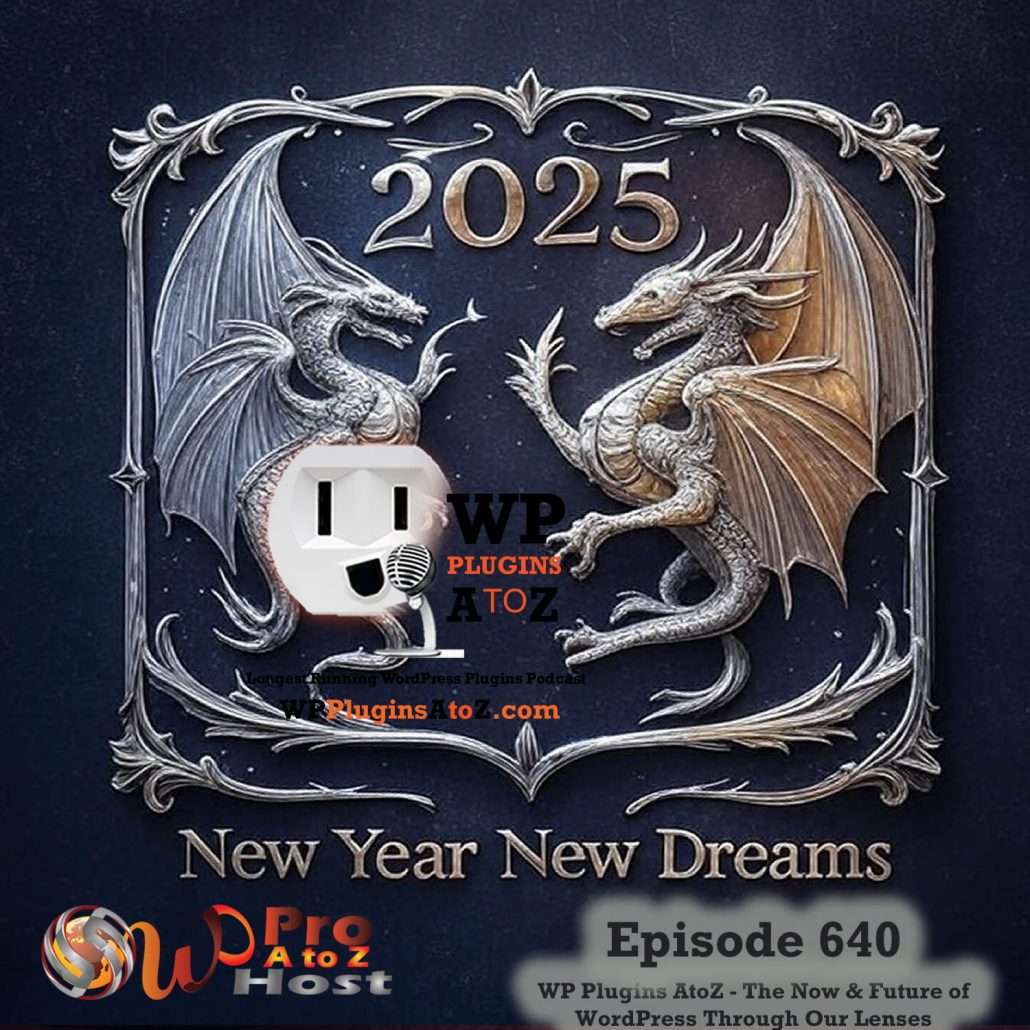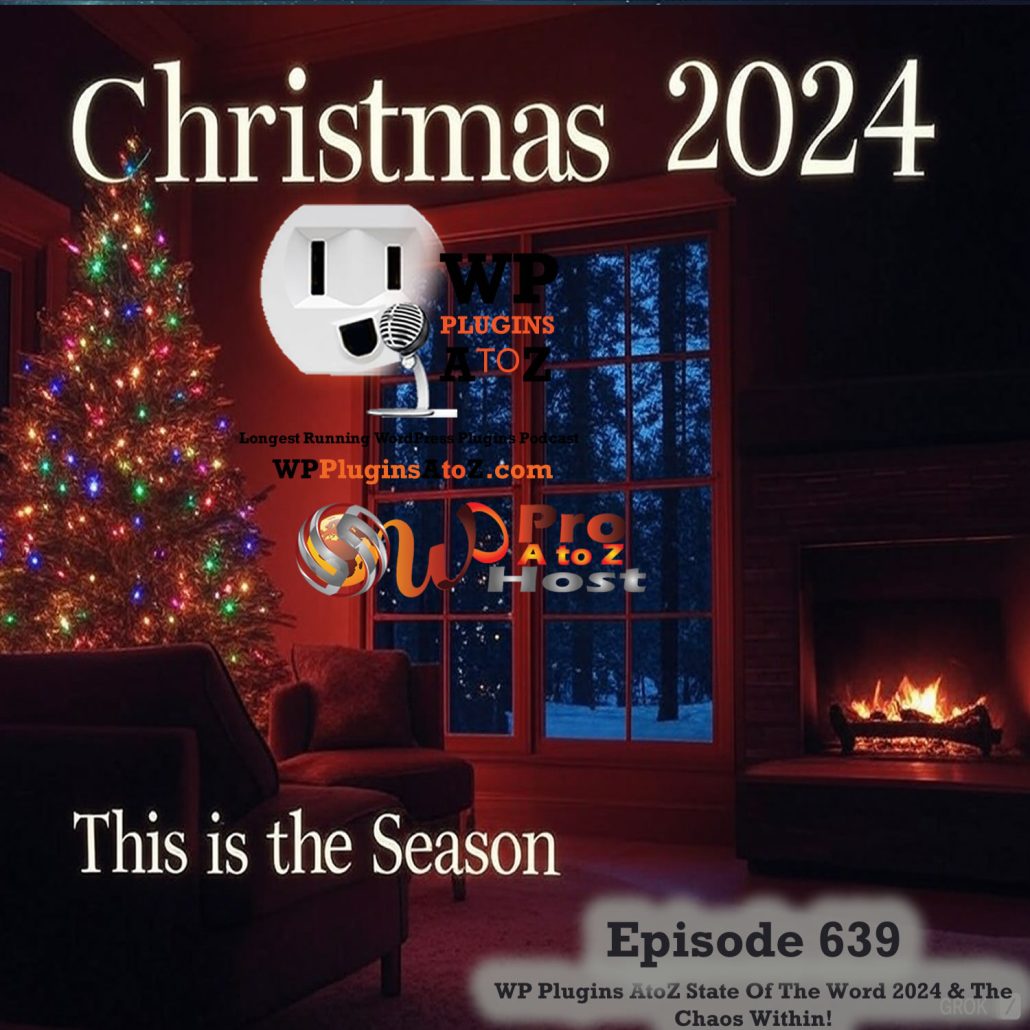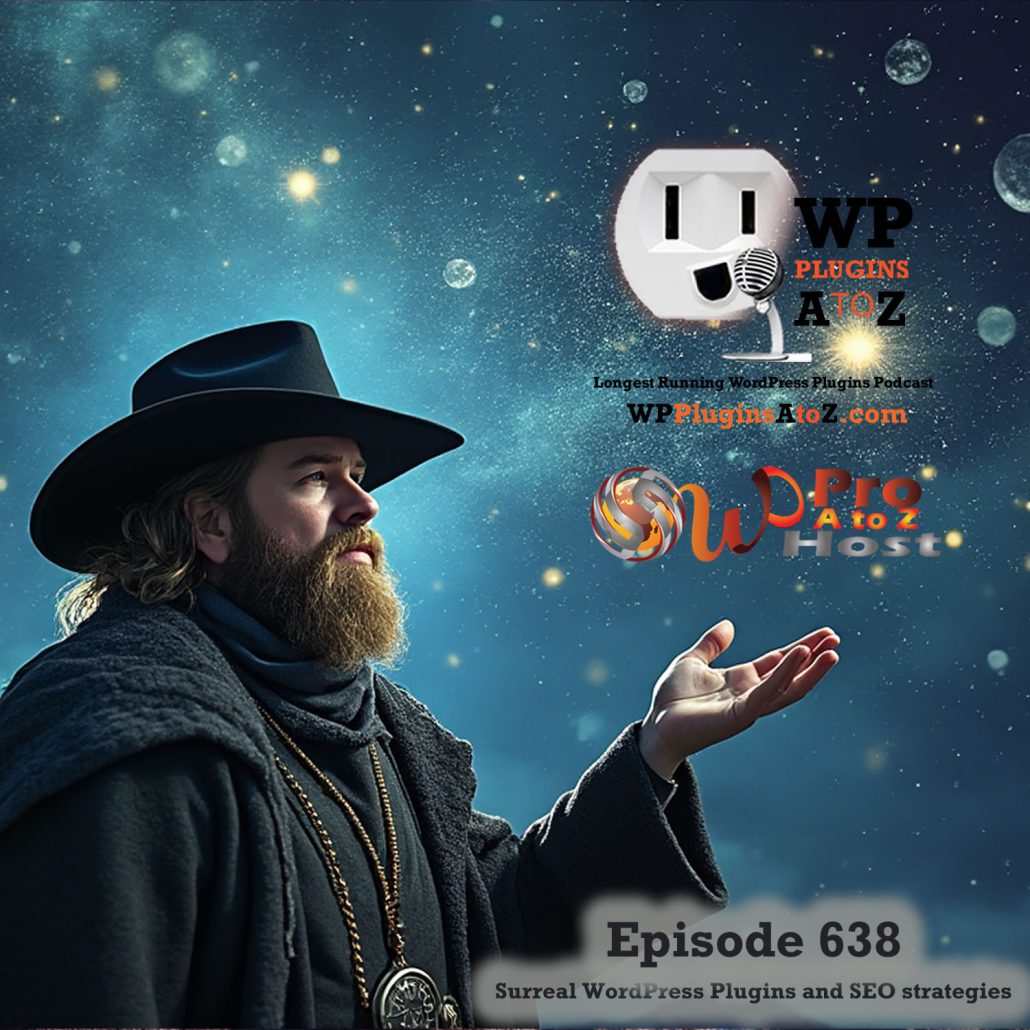By Leo Emery
The biggest challenge every single website owner has (including me) is getting traffic to his/her web site. And bar none the best traffic you can obtain is Organic Search Engine traffic.
So what is Organic Search Engine traffic?
Simply put, when someone is searching for a product or service they type their query into the search engine (google, yahoo, MSN etc.) and then the results of that search are displayed. And you want your web site to come up in that search query.
You probably already know that the majority of people will not go past the first page of the search engine results and even less people will go past the top 30 results. Therefore, your challenge is getting your website listed on the first page of the search engines for the keywords relating to your site.
Now there are a ton of people that will tell you there is some mystical voodoo secret mojo to SEO (Search Engine Optimization). And if you’re not familiar with the term SEO. Simply put SEO is where you build your web site in such a way that the search engines like it and the result is getting better rankings on the search engines.
Well I’m here to tell you that it is not as mystical as everyone would lead you to believe. Just like anything, advertising, google ad words, article marketing it takes constant work to achieve the results you want and in this case, that would be to maintain a top search engine ranking.
I will admit there are many things you can do optimize your web site but I am going to touch on the basics. I have been doing this for some time now. I was taught from some of the best people in the business, so I am passing onto you what was taught to me.
What I am going to share with you is for google. Since it’s the big guy on the block that’s whom I optimize my sites for. There is a lot of info I want to share with you so I have broken this article into 2 parts.
First, just as important as learning What To Do. Is learning What Not To Do.
These are known as black hat techniques. Just stay away from them, if your caught your website will be penalized or even worse banned completely from google. Then you have to start all over and that’s just not worth it.
If you want even more information of the Do’s and Don’ts by Google, just type into Google:
Google Webmaster Guidelines
Ok here are the no, no’s of SEO.
1) Door Way Pages. A doorway page has been designed just for the search engines and not for human beings and is redirected to the goal page. The goal page is the page you ultimately want people to see. So what the webmaster does is makes minor changes to the page and resubmits it to the search engine over and over again.
So when someone finds that page he/she is redirected to the real page and this is usually done with a fast meta refresh command. Google no longer accepts pages using fast Meta refresh. Google see’s these page(s) as duplicates and exclude them from their listings.
Don’t confuse a doorway page with a landing page. Landing pages are ok as they provide a lot of information, have relevant links pointing to them and can be seen by both humans and the search engine spiders.
2) Hidden Text And Links. As the term suggests keywords and keyword phrases are hidden on the page. Usually this is done by having the text the same color as the page color.
Not only Google but the other search engines have the ability to recognize that white text is being displayed on a white background or black text on a black background and so on.
If you want to see if your webmaster has used hidden text, start by looking for large blank areas at the top, bottom or sides of your web page. Now simple scroll your cursor over the area any hidden text will appear. Or you can look at the source code.
You can also hide Hidden Text in your “ALT” tag. The “ALT” tag text will appear when you place your cursor over the image. It will also display the text if your image does not display.
If a few words or even a sentence appears that’s ok. If an entire paragraph appears or a lot of words that don’t read as a sentence appear, that’s bad. Your web master has tried to stuff too many keywords inside the image’s ALT tag. Get rid of them.
It is best to use 4 or 5 words or a sentence of 4 or 5 words long in your “ALT” tag.
3) Cloaking. This is where the content presented to the search engine spider is different to what is presented to the browser (you). By doing this a page that other wise would not be displayed is displayed.
So what happens is the information being delivered is based on the content on the IP addresses or the User-Agent HTTP header of the user requesting the page. When a user is identified as a search engine spider, a server-side script delivers a different version of the web page, one that contains content not present on the visible page.
4) Link Farms. I’m sure you’ve heard of the term link farm. All a link farm is, is a system where all the members are linked to each other via a common set of link pages. The result is that all members have a links page with the other members’ web addresses on them.
Many of these link programs have several hundred or even thousands of members, so by joining you have almost instant access to hundreds of other web sites that point links to your site. This can lead to your site looking very “popular”.
The big problem with this is that you are artificially boosting the popularity of your site. You see when a spider from a search engine (Google) comes to your site it checks out your links. If it sees you have a lot of inbound links you can achieve a higher ranking because the more inbound links you have the better. However, it also checks out the quality and relativity of those links to your site.
So if you have a site about “dog training” and most of your links have nothing to do with dog training you will not receive a better ranking. In fact anyone using this type of linking will be penalized. Either your site will get dropped down in the search engines listing or you will be banned all together.
5) Duplicate Content. The search engines only want to index original content. They don’t want to index the same content 1000 times. If duplicate content/site is detected only one will be indexed. The rest will end up as supplemental context and won’t even rank.
6) Keyword Stuffing. Yes you need to have your keywords on your site and in your meta tags, but there is a delicate balance. Sure, you want to rank for a specific keyword and the more times you use it on the page, the more likely you’ll rank for it. Just don’t go crazy.
I have about 25 keywords in my meta tags and all of these keywords are used in the content of my site. But they are used only when the content calls for it.
Keep your writing natural and use the keywords as you feel suitable. Using them too many times will make your site look spammy, which doesn’t sit well with either your human visitors or the spiders that crawl your site. Might not get you banned but you certainly won’t get a favorable ranking either.
Here’s an update many search engines Google for one, do not use Meta Tags as part of their ranking system any more. However, some still do so that’s why I mentioned it.
7) Duplicate Sites. This is when you clone your site under a bunch of different domain names with the same content and then you have the pages linked together so the can get a better ranking and get the top spots for your keywords. This is a really bad idea, and sure way to get banned. Short and sweet, never do this.
About the Author: Leo Emery has been earning a full time living online for over 5 years and is a member of one of the most respected Money Making Coaching Clubs on the Internet. If you’re eager to discover how simple it is to earn a six figure income online visit Net Wise Wealth.com
This article courtesy of SiteProNews.com



